The Junction neighbourhood in Toronto, like the far more recently designated Junction Triangle area, just to it’s South and East, is named after the junction of several major railway lines, including the very first ever built in Ontario (by the CPR, back in 1853).
The long awaited keg (top photo)
The area was mostly rural until the 1870s, though it did contain the Carlton Race Course (Owned by William Conway Keele and his son Charles), where the very first “Queen’s Plate” tournament was run.
Curiously, the two main straightaways from the racetrack still serve – though they are now better known as High Park Avenue and Pacific Avenue (between Glenlake Rd and Annette Av).
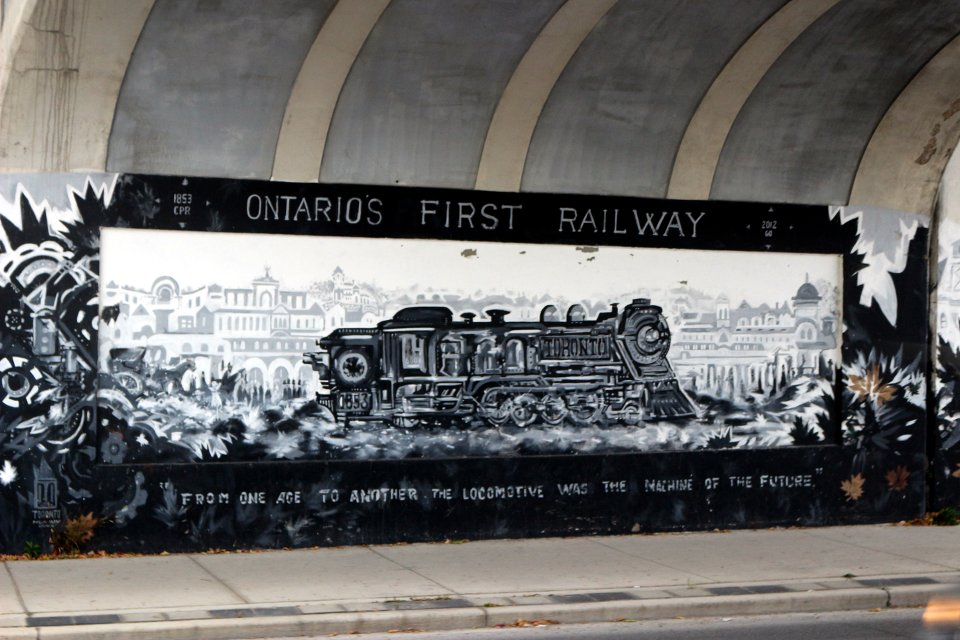
St Clair underpass (how can you not love a local history spray mural?)
In 1884, with the arrival of new railway lines, the Village of West Toronto Junction was incorporated at Dundas and Keele – merging with the villages of Carlton and Davenport in 1889, to become The Town of West Toronto Junction – finally being incorporated within the City of Toronto in 1909.
Right from it’s establishment, the Junction was popular with industry – foundries, mills, the gigantic stockyards (from Keele to Runnymede), nail and wire manufacturers – as well as still familiar companies like Canada Packers, Canadian Cycle and Motor co. (CCM), and Heintzman Piano established themselves there. So did the Canadian Pacific which built a rail service yard running all the way from Keele St to Scarlet Rd.
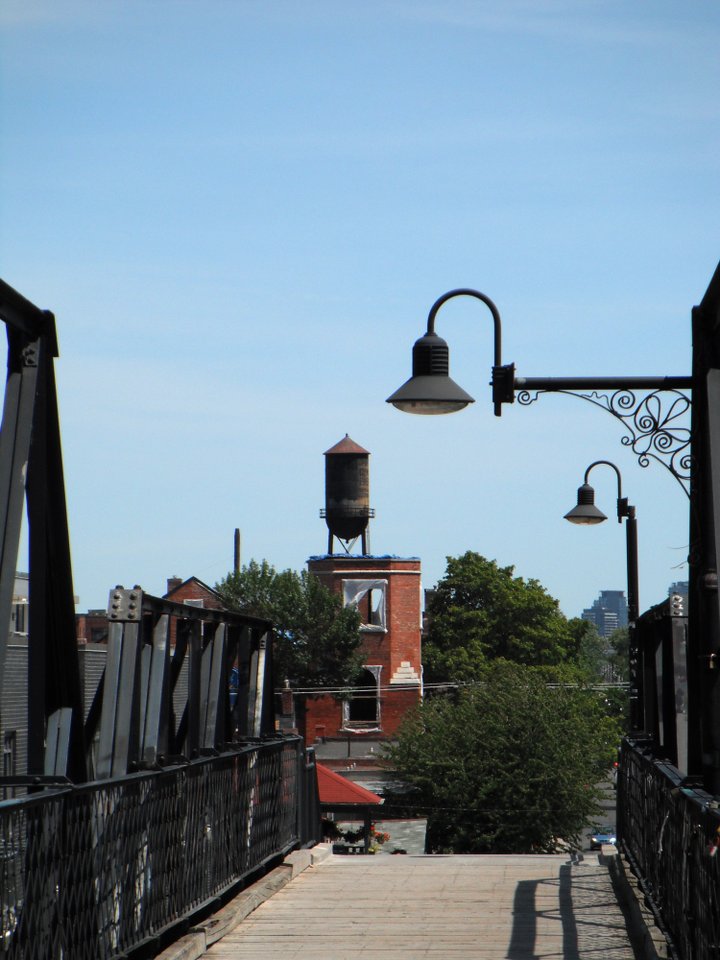
Walk across the tracks (new pedestrian bridge – ‘triangle’ just N of Bloor)
As a very working class and hard working area, unusually prone to boom and bust (that is, industrial) cycles, the Junction was notorious for it’s rowdy bars. So much so that in 1904, they banned the sale of alcohol in the whole town – a ban which stayed in place in that area all the way until 1998! (Overturned thanks to many years of efforts by Vesuvios pizza and Shox sports bar).
The fact that the area had an unusually high concentration of working class Irish (and the downtown Toronto government was dominated both by the English, and by snobs) may have contributed to the length of the ban, though reformist zeal in the area itself, cannot fairly be discounted.
Since the 1920s – the Junction has also been home to “Little Malta” with a fine Maltese church and several lovely bakeries and shops serving a community of ex-pats around Dundas and St John’s Rd (as well as those who’ve since moved away to the suburbs, but still return to visit their traditional downtown centre, as with so many established immigrant communities).
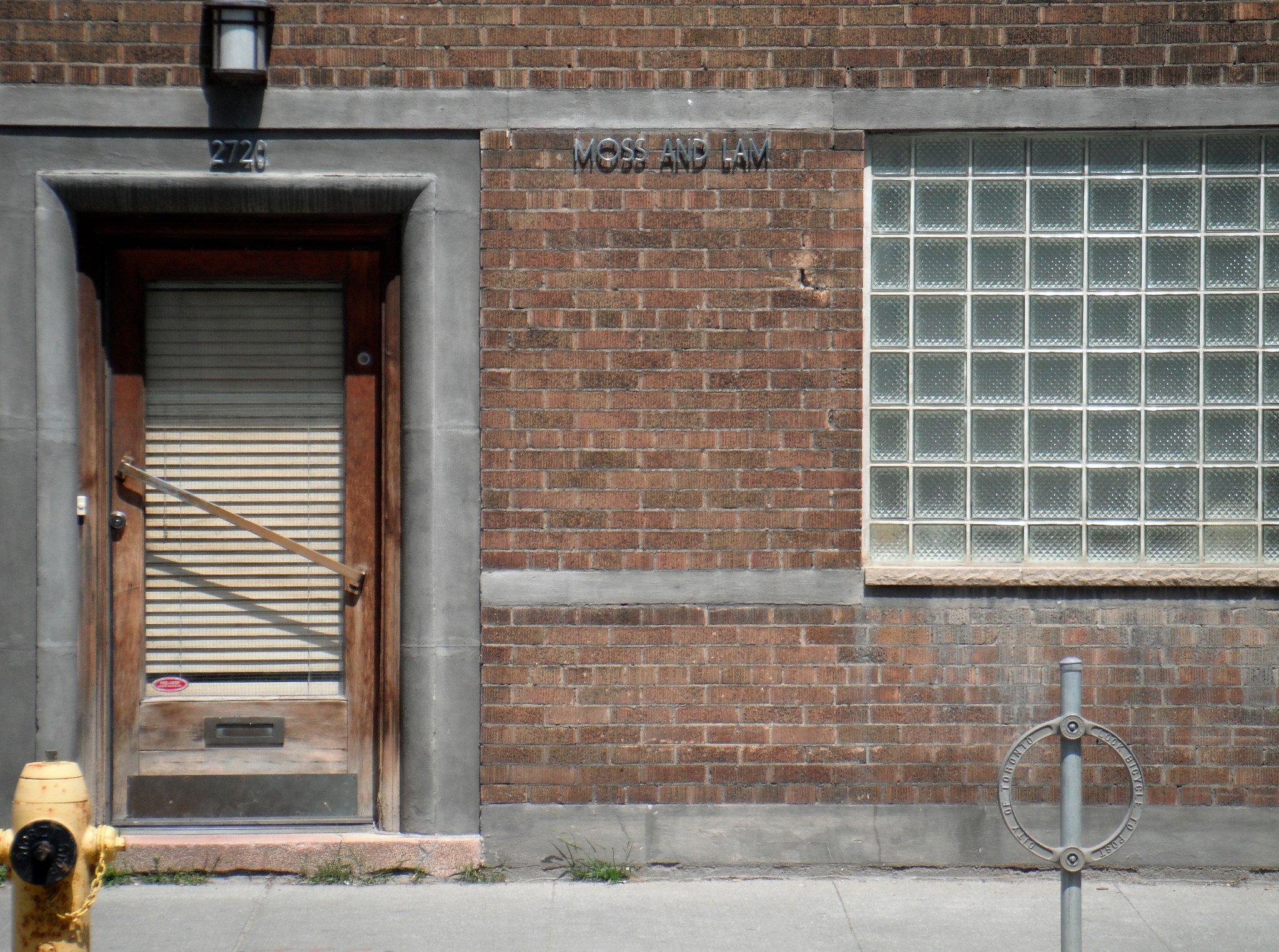
Stylish Rebirth
I’ve had a number of friends who lived in the Junction over the years, and it’s always had it’s own special thing. Decades ago, bikers, working class families and newcomers coming for cheap rents, created a rich and proud combination culture, despite the industrial ‘underdog’ reputation.
Since the closing of the old stockyards, and the more recent repeal of local prohibition, the Junction has been rising fast – feels as if a bunch of pent-up energy has finally been released. In a way this is sad (so much for one of the last areas with cheap industrial studios), but there are so many beautiful old buildings there, that require millions to save (or they’ll soon be condemned as unsafe) that the injection of capital really is called for.
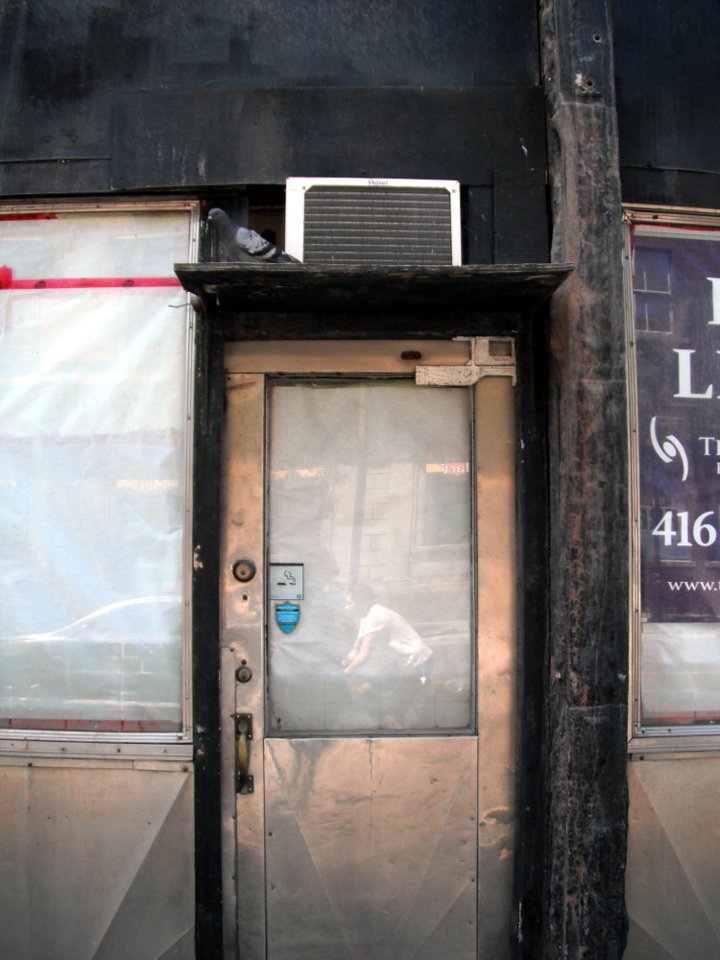
Papered Keele storefront (a few dozen months ago)
Just three years ago, Nada and I took a walk up Dundas, from Bloor, and we found tons of photographically appealing architectural decay texture – even right at the key intersection of Keele and Dundas. Fast forward just a couple of years and everything is quickly turning upside down.
The nifty junk shops are now antique emporia – selling wooden boxes that were once locally produced packaging for locally produced materials, as genuine antique objects in their own right!
The only thing that didn’t have to change a bit was their barber shops, which have survived to an extent many Toronto Neighbourhoods would envy, and now get to enjoy a joyous commercial renaissance, thanks to hipster ascendancy.
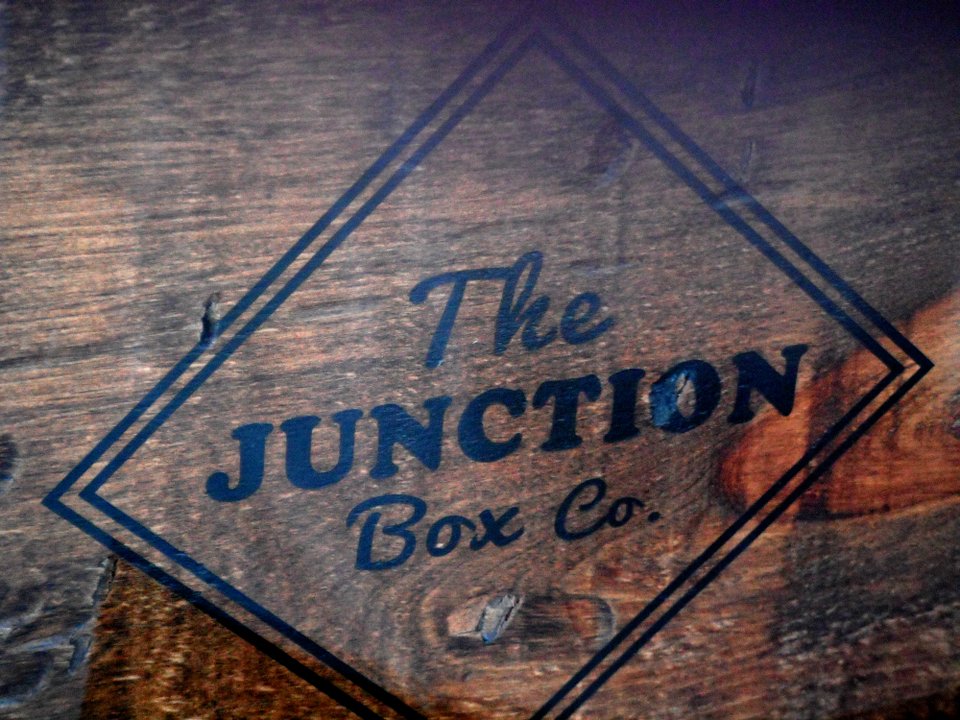
Junction Box
Sure, A & W grabbed the choice corner spot – but in the historical blocks just around them are bookstores, cool and quirky new boutiques, bars and restaurants, a fine arts academy and at least three different art supply stores (one of which also runs their own classes). Plenty of coolness – and still tons of genuine working class personality, too. Not sure how long the sublime balance of new energy and old character can last, but the Junction is definitely on a roll.
Go check it out for yourself, bet you’ll be pleasantly surprised. But do bring about twice as much cash as you used to (not only because the bargains are now harder to find, but the indy shops in this last affordable commercial zone really do have unique collections of cool stuff, that is liable to tickle you).
I mean – when was the last time you saw a complete “Golden Bough” on offer, for less than a thousand bucks? I don’t mean the single volume précis – I’m talking about a full (wall-sized) vintage edition of Frazer’s dazzling encyclopaedia of ancient culture and lost traditions.
One could do a heck of a lot worse than spend the rest of your life, reading nothing but! (which makes it cheap at the price, if only you can convince the Mrs to share your starry-eyed enthusiasm). ;o)
¯\_(ツ)_/¯

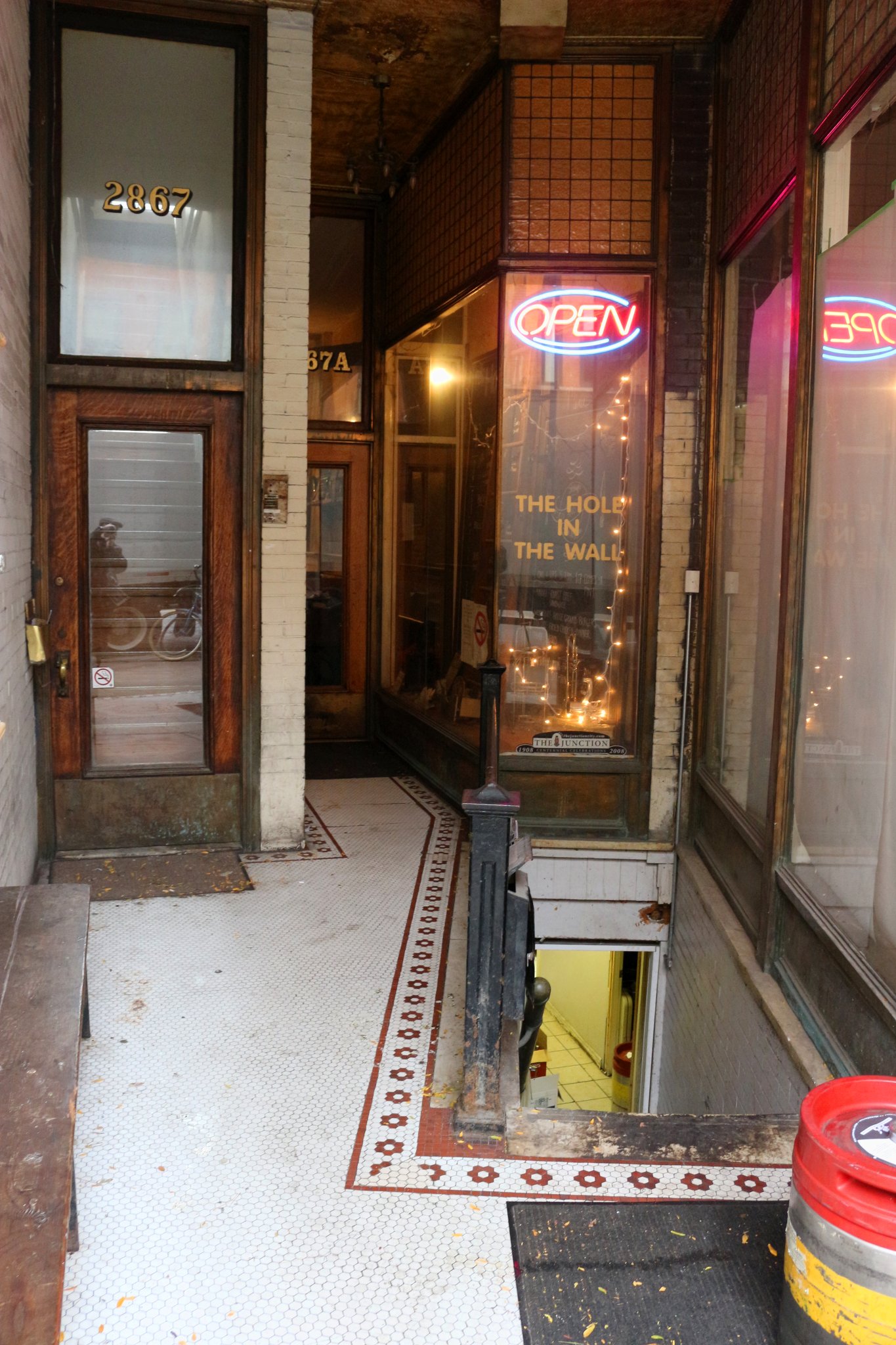

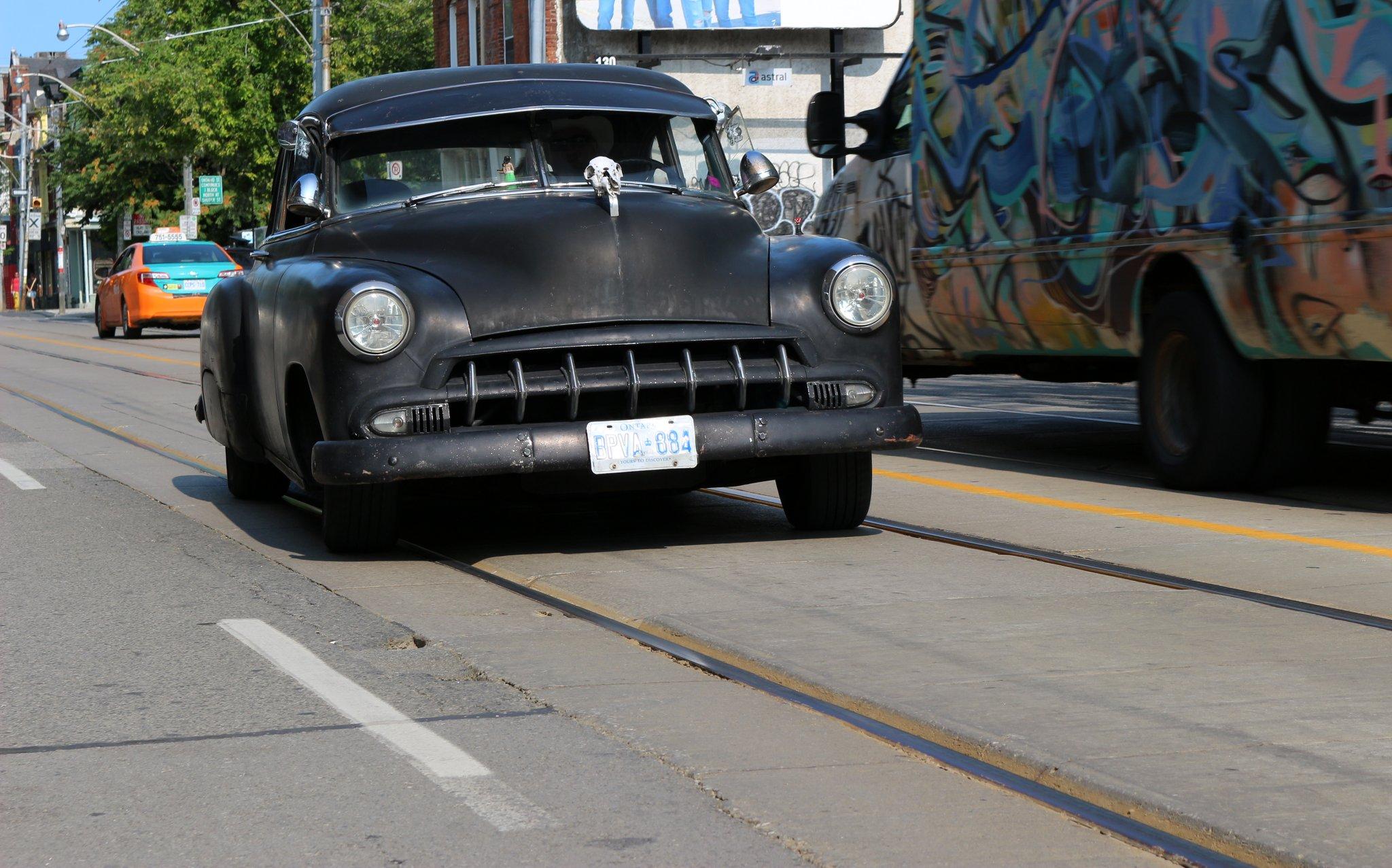






[…] I noted in a previous article about The Junction, the area was a remarkably fast-growing industrial powerhouse – many Irish immigrants in […]